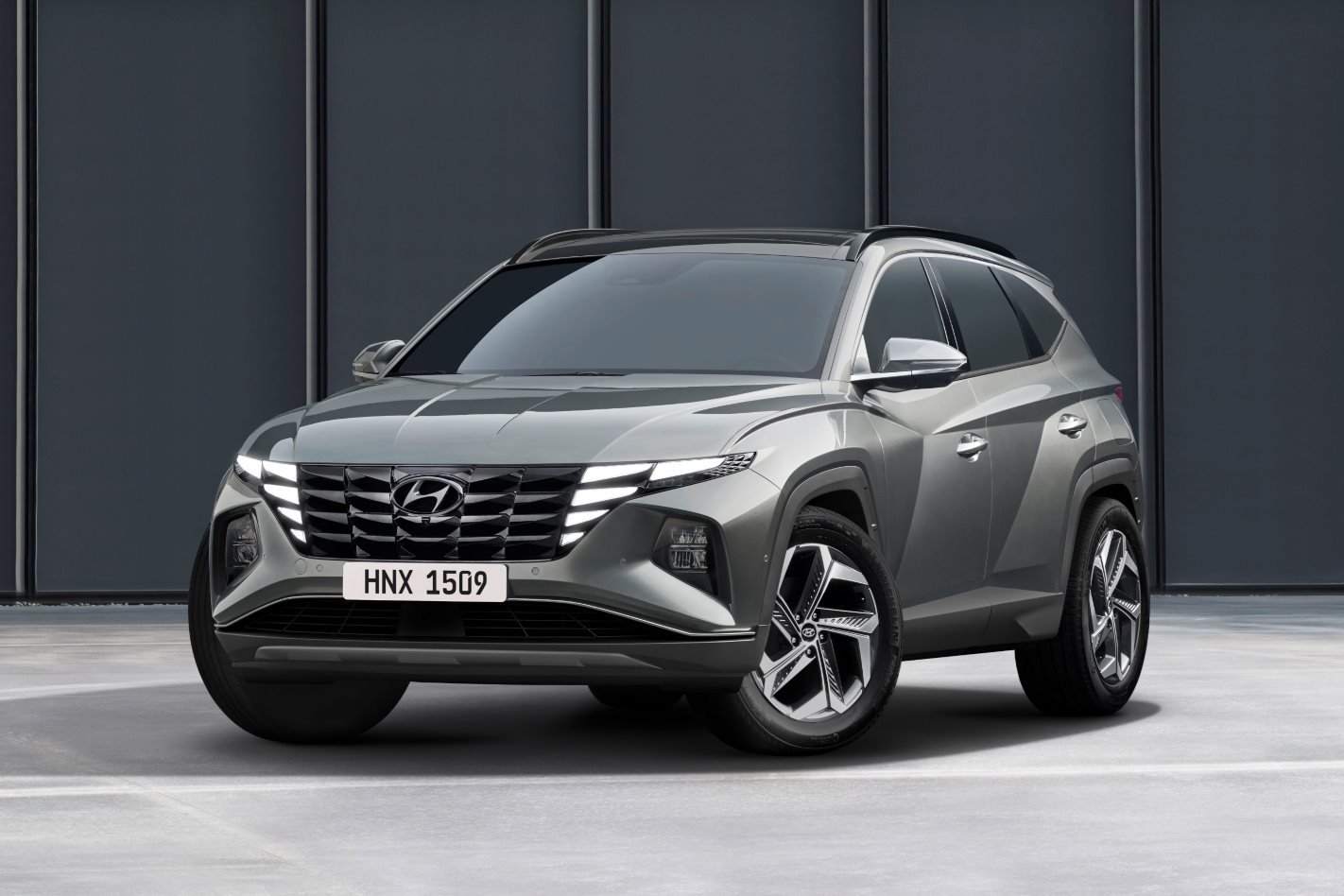
Hyundai has unmasked its 2021 Tucson mid-sized SUV, revealing a dramatic change in design direction and a model packed with enough safety, comfort and convenience technology to take the fight to some serious premium competition.
The second-generation Hyundai Tucson (or fourth if you count the two generations of ix35 before it) will touch down in Australia during the first half of 2021.
While Hyundai has previously revealed the model will be built in two wheelbases, it has now confirmed Australia will only be offered the longest of the pair.
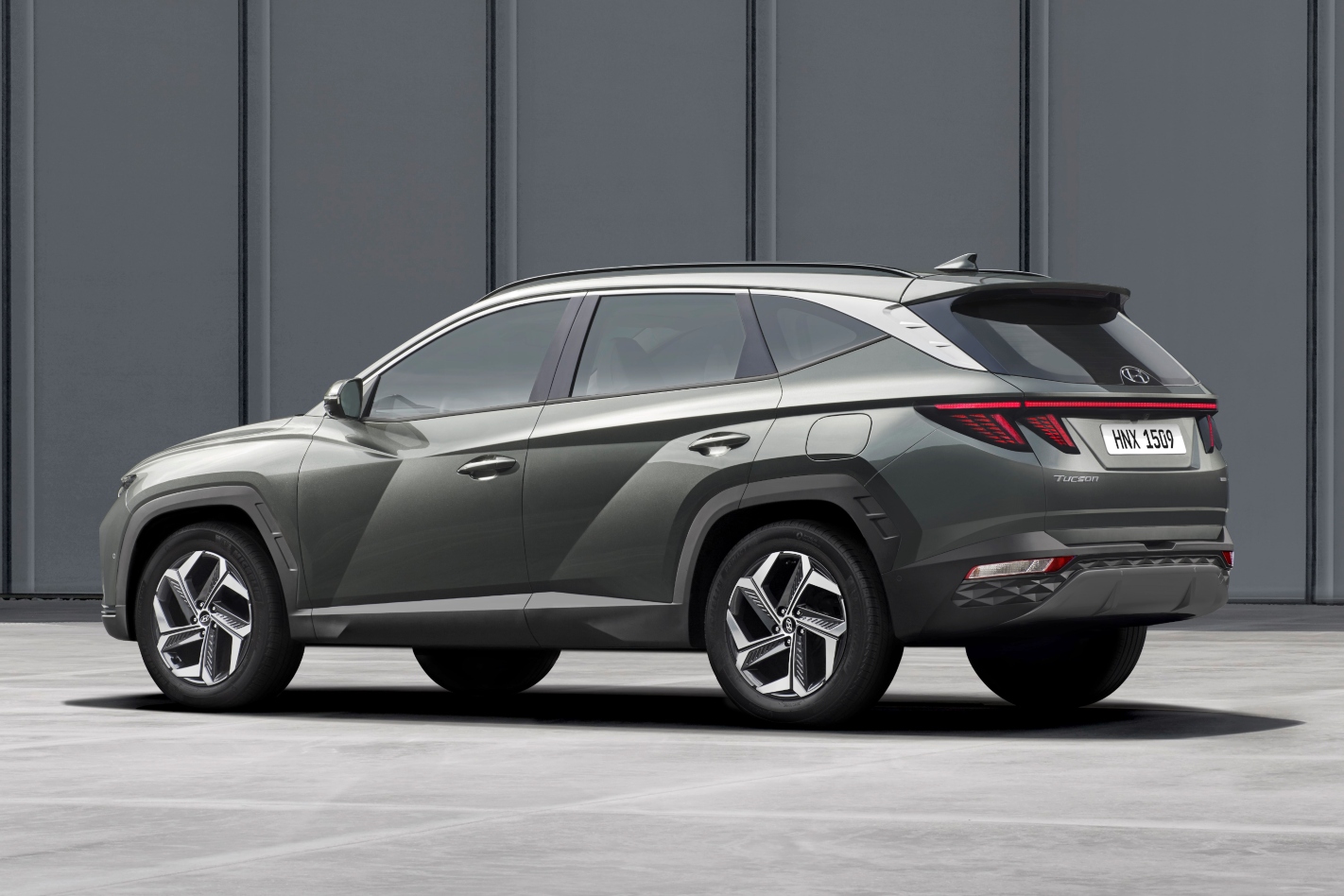
Volkswagen’s Tiguan and longer Tiguan Allspace, therefore, won’t get a direct rival in the new Tucson, although the new model does pack a host of other features to worry the German marque, along with Mazda’s CX-5 and the Toyota RAV4.
Better still, the model will be the next to receive Hyundai’s N-Line treatment. While Europe already has a version of the Tucson N-Line, the new model will mark the second Hyundai to be offered with the sporty enhancements in Australia, following in the i30’s tyre tracks.
Design
Leading the Tucson charge into new high-end territory is a design that keeps the promises made by previously released teaser images.
Instead of dumbed-down and pedestrian styling emerging from the dusky hype campaign shots, the new Tucson’s ‘parametric dynamics’ look is just as arresting in full light.
Both its angular flanks and wheel arches borrow a little Lexus UX and NX DNA albeit with more restrained elegance, while the aerodynamically slippery nose has a touch of Mercedes EQC about it thanks to the Pegasus wing-shaped monolithic headlight and grille dominating the front end.
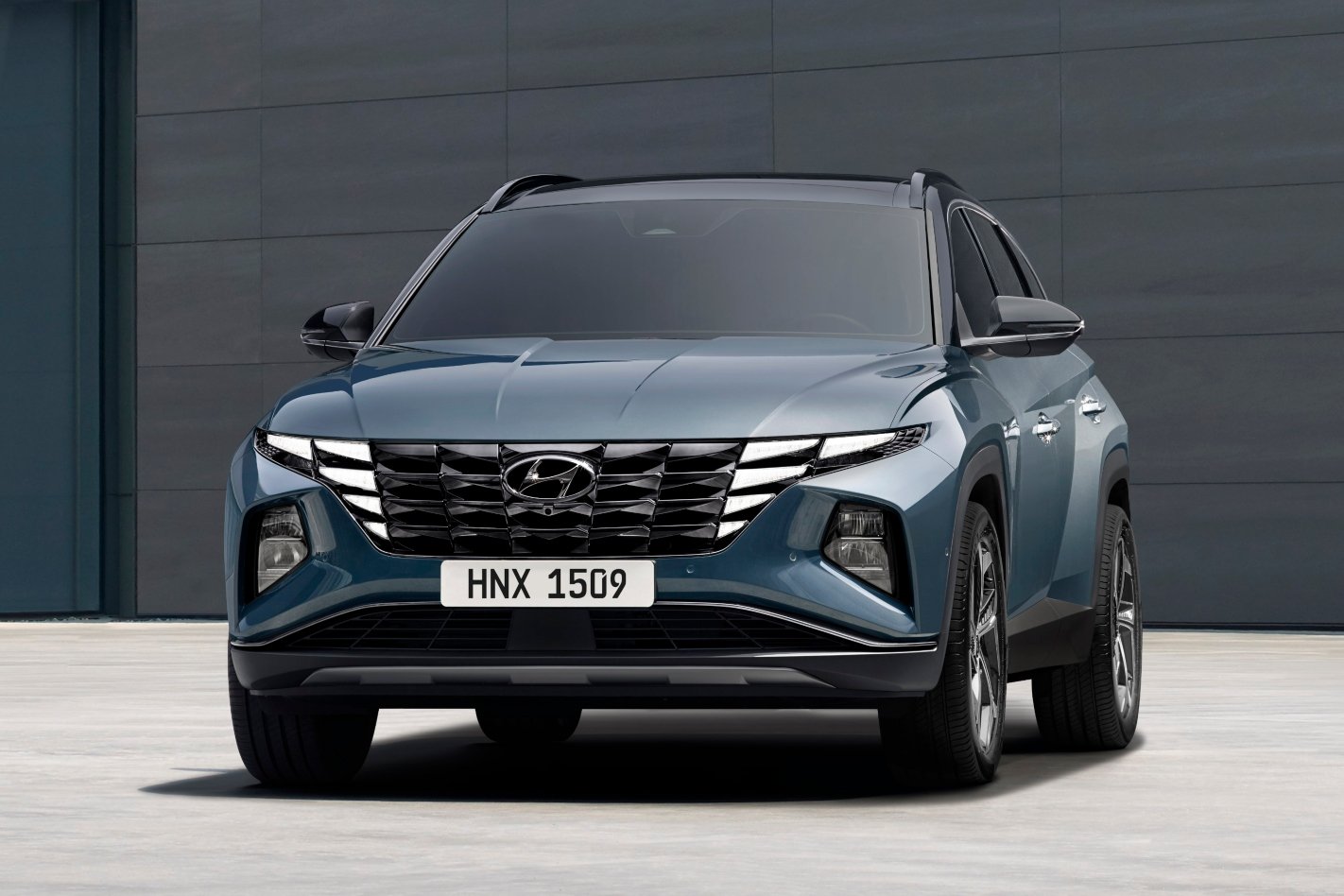
The tail end doesn’t let the side down, either, with more bold design signatures. There are aggressive blade-like D-pillar finishers and tail light assemblies that tie together with a continuous, full-width light strip.
The after-dark effect is striking and unmistakable.
Its dramatic leap into a new outfit is matched by a similarly significant step up in technological levels for the Tucson.
Interior tech
On the inside, the new interior is bathed in ambient mood lighting that’s customisable through 64 colours, picking out the new cabin details such as the dashboard, which blends into side doors and a vertically oriented centre fascia that cascades into the console “like a waterfall’” says Hyundai.
Nestling in the dash is an expanse of digital screens with touchscreen function. Dual 10.3-inch vertically positioned displays form the centerpiece, along with a fully digital driver’s cluster.
There’s a smaller 8.0-inch touchscreen for more affordable variants, but all offer smartphone connectivity that allows the pairing of two devices simultaneously and Android Auto/Apple Carplay.
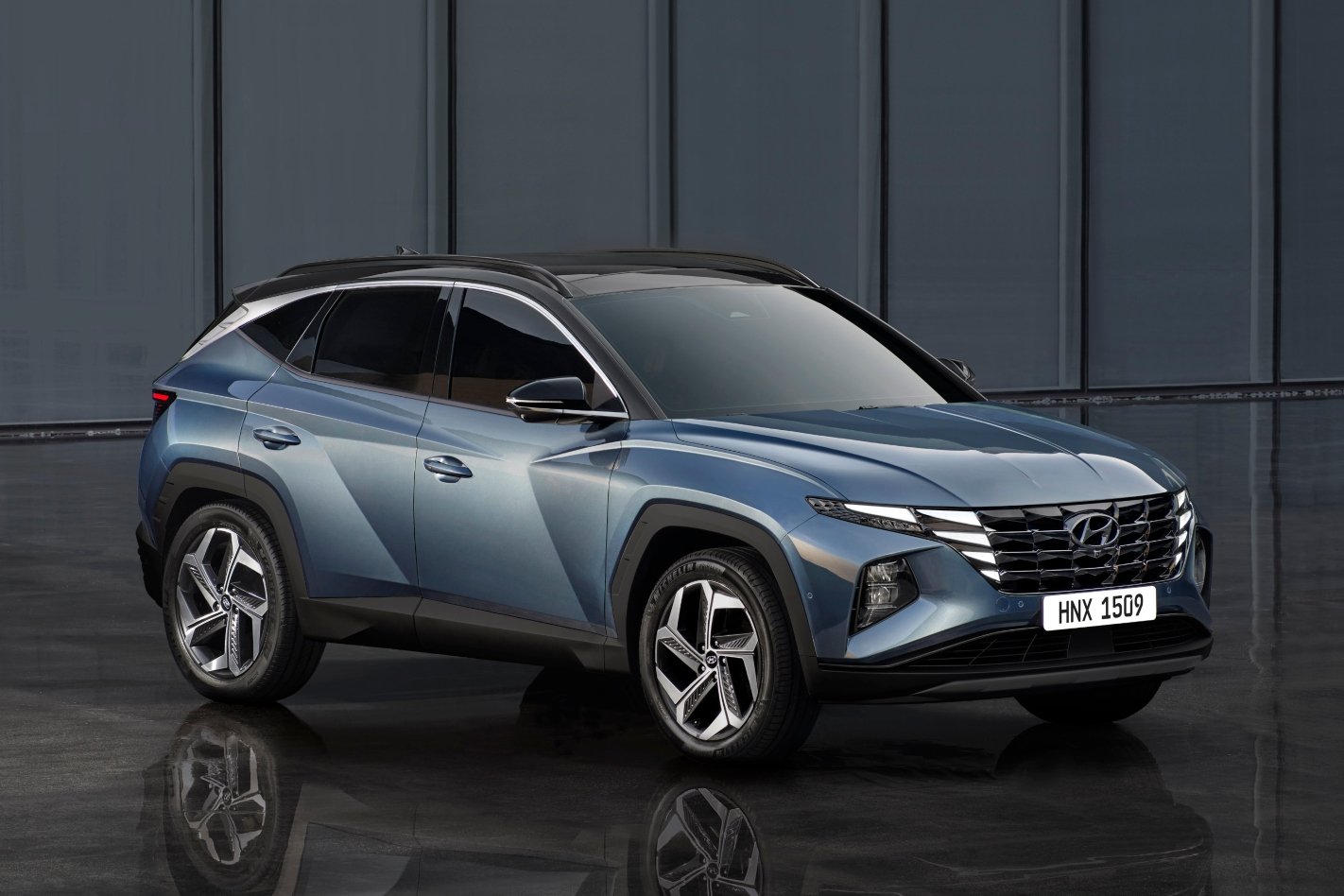
There’s also a new Car-to-home feature that allows customers to connect and control functions if their home is ‘smart’ enough, including air conditioning and lighting, for example.
The technology works in reverse and can be used to start and warm or cool the Tucson before entry.
Central to the ground-breaking features is Hyundai’s Digital Key smartphone application which adds another clever feature to the Tucson’s repertoire and keyless freedom.
Once installed, the phone acts as the ‘key’ and is used to unlock and start the vehicle as well as enabling remote starting or panic mode up to 27 metres from the car.
Engines and transmission
The engine line-up has been given a shake-up as significant as the design and tech overhaul. While the current Tucson range offers a naturally aspirated 2.0-litre petrol and turbo diesel of the same size, the 2021 Tucson introduces a 2.5-litre naturally aspirated four-cylinder and hybrid technology along with a returning 1.6-litre turbo in hybrid form.
With the capacity increase, the non-turbo engine gets a performance boost from 122kW/205Nm to 141kW and 246Nm. With its new hybrid assistance, the 1.6-litre turbo four-cylinder power rises to 171kW and 348Nm combined.
Significantly, the hybrid Tucson has been engineered as a mild hybrid as well as a plug-in, although its maker has not yet revealed the pure electric range of the PHEV, nor has it released fuel economy or performance figures for any variant.
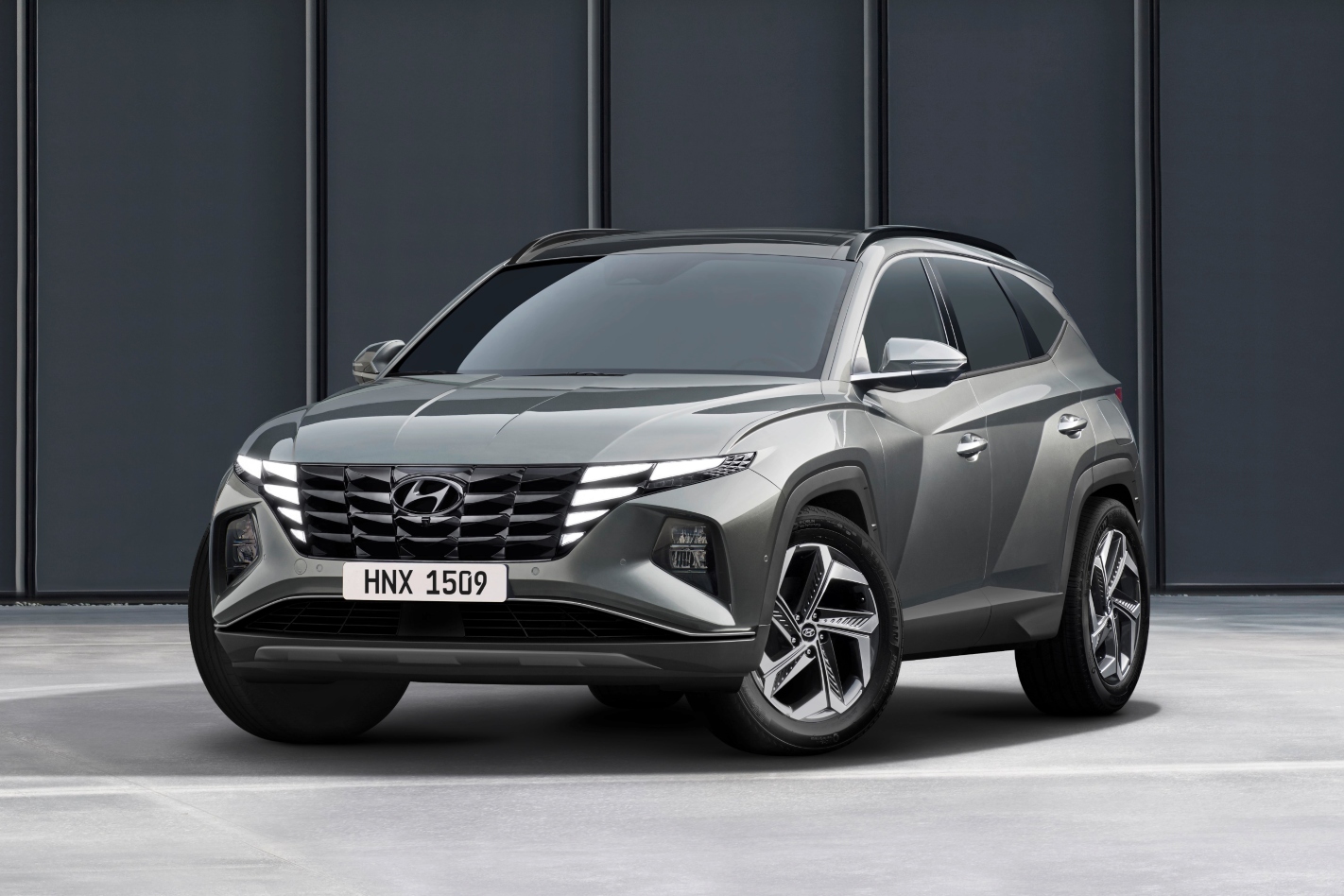
WhichCar understands the Australian line-up will be a more conservative offering that mirros the current three-engine range, but both the HEV and PHEV are under consideration.
An eight-speed automatic transmission will be offered with the 2.5-litre petrol but Hyundai has not detailed gearboxes for other engines.
It’s likely the option of front-wheel drive as well as the company’s HTRAC all-wheel drive will be offered depending on the engine and transmission combination, as per the current line-up.
Driver assistance
A flurry of new driver assistance and safety technology joins the Tucson nameplate for the 2021 model including the features that are standard with the Hyundai SmartSense suite:
- Highway Driving Assist (HDA)
- Forward Collision-Avoidance Assist (FCA) with pedestrian detection
- Lane Keeping Assist (LKA)
- Lane Following Assist (LFA)
- Blind-Spot View Monitor
- Blind-Spot Collision Warning (BCW)
- Surround View Monitor
- Reverse Parking Collision-Avoidance Assist (RPCA)
- Remote Smart Parking Assist (RSPA)
- High Beam Assist (HBA)
- Driver Attention Warning (DAW)
- Blind-Spot Collision-Avoidance Assist (BCA) with Rear Cross-Traffic Collision-Avoidance Assist (RCCA)
- Advanced Smart Cruise Control (SCC) with Stop and Go
- Safe Exit Warning (SEW)
Click through the gallery at the top to view more photos of the 2021 Hyundai Tucson.




